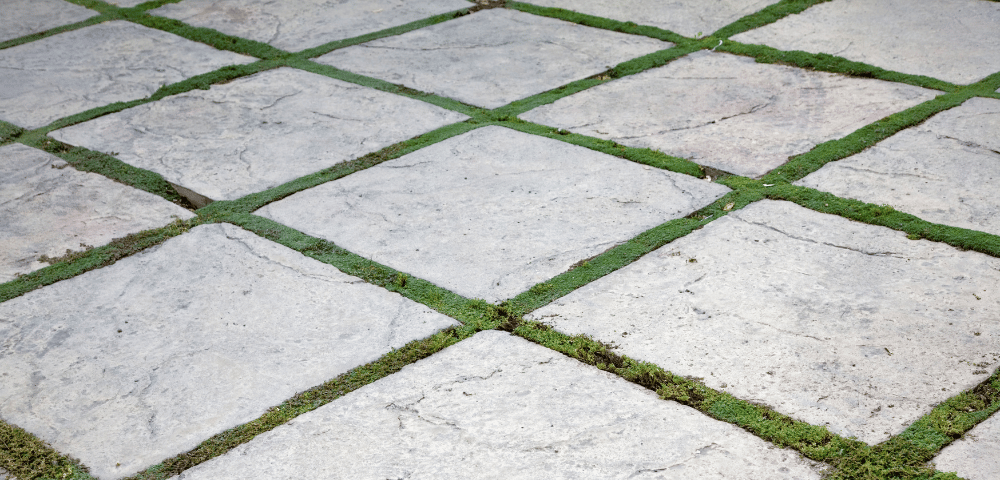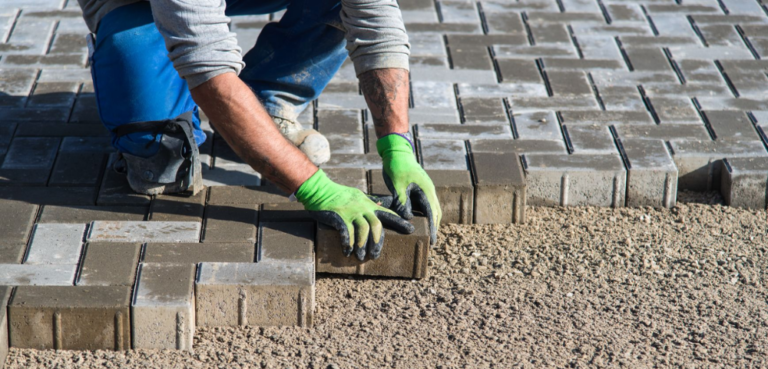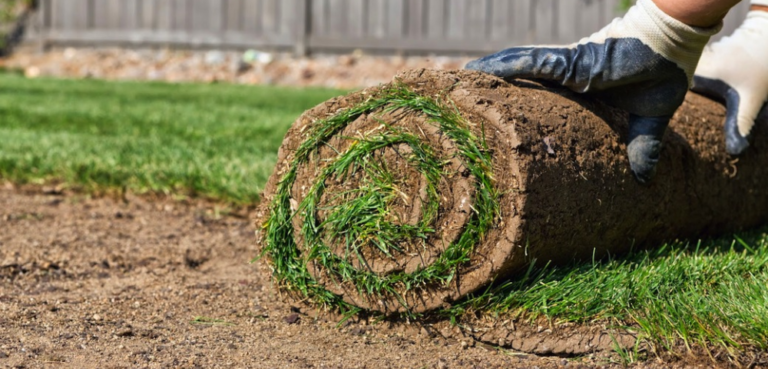In this article, we will provide a comprehensive guide to understanding the differences between concrete and pavers, including concrete vs paver cost, so that you can make an informed decision for your project. Choosing the right material for your outdoor space can be a daunting task, as it will affect both the look and functionality of your space. Two of the most popular options for patios, driveways, and walkways are concrete and pavers. Both have their advantages and disadvantages, and costs need to be considered before making a decision
Understanding Cost Factors for Installing Concrete
Concrete is a versatile material that can be used for various applications, such as patios, driveways, and walkways. It is durable and long-lasting, making it an excellent choice for homeowners who want a low-maintenance outdoor space. Installing concrete involves several factors that affect the overall cost. These include:
- Size of the project: The larger the area, the higher the cost due to the need for more materials and labor.
- Design complexity: If the layout of the project is complex or involves intricate patterns or designs, the cost will increase due to the additional labor and expertise required.
- Site preparation: Costs can also escalate if the site needs significant preparation, such as clearing vegetation, grading, or excavation before pouring the concrete.
- Concrete type and finish: Higher-end finishes and high-performance concrete types will cost more. This includes options like stamped or stained concrete.
- Location: Depending on the region, the cost of materials and labor may vary. Labor costs are generally higher in cities and lower in rural areas.
- Season and weather conditions: The time of year and weather conditions can affect concrete installation costs. For instance, pouring concrete in colder weather requires special precautions and potentially higher costs.
These factors should be considered in the overall budget when planning a project involving concrete construction.
Understanding Cost Factors for Installing Pavers
Pavers, on the other hand, come in different types such as brick, stone, and concrete. They are usually smaller in size than concrete blocks, allowing for intricate designs and flexibility. Pavers are more versatile when it comes to custom designs, and can be installed in a small backyard without the need for heavy machinery due to their smaller size. Installing pavers involves several factors that affect the overall cost. These include:
- Type of Paver: The choice of paver material — whether brick, concrete, or some type of stone — will substantially influence the cost. Stone pavers are generally the most expensive, while concrete pavers tend to be the most cost-effective.
- Paver Quality: Higher quality pavers typically cost more, but they also last longer and are less likely to crack or chip.
- Design Complexity: More complex designs or patterns will require additional labor and increase the overall cost of the project.
- Site Preparation: Similar to concrete, if the site requires extensive preparation such as clearing vegetation or leveling the area, costs will rise.
- Paver Installation: Labor costs for installing pavers will depend on the size and complexity of the project, in addition to your geographical location.
- Sealing and Finishing: To maintain the appearance and durability of your pavers, sealing may be required, adding to the overall cost.
- Maintenance and Repair: While generally low-maintenance, pavers may occasionally require replacement if they become damaged, a cost worth considering in the long term.
Concrete VS Paver Cost: Cons & Pros
Concrete Pros:
- Durability: Concrete is highly durable and can withstand heavy use and extreme weather conditions without showing much wear and tear.
- Low Maintenance: Once installed, concrete requires little to no maintenance. It doesn’t need to be sealed or replaced as often as pavers.
- Cost-Effective: In general, concrete is less expensive to install than pavers. It’s an excellent choice for large areas due to lower material and labor costs.
- Design Flexibility: Concrete can be stamped, dyed, or stained to mimic the look of natural stone, brick, or other paver materials.
Concrete Cons:
- Cracking: Over time and under certain conditions, concrete may crack. While this can be mitigated to some extent with control joints, it’s an issue that doesn’t exist with individual pavers.
- Hard to Repair: If concrete does crack or chip, it’s harder to repair than pavers. Instead of replacing one paver, you may have to redo a larger section of concrete.
- Less Aesthetic Appeal: While concrete can be designed to mimic other materials, it generally doesn’t offer the same level of aesthetic appeal as stone or brick pavers.
- Surface Heat: Concrete tends to absorb and retain heat, which can make it uncomfortable to walk on barefoot in hot weather.
Paver Pros:
- Aesthetic Appeal: Pavers offer a variety of designs, shapes, and colors, enhancing the aesthetic appeal of your outdoor space. Whether you choose brick, concrete, or stone pavers, you can create a unique and attractive look.
- Durability: Pavers are extremely durable and can withstand heavy loads and traffic. They are also resistant to weathering, chipping, and cracking.
- Easy to Repair: If a paver becomes damaged, you can easily replace it without affecting the surrounding area. This makes repairs simpler and more cost-effective than with concrete.
- Heat Absorption: Pavers, especially those made of natural stone, do not retain heat as much as concrete, making them comfortable to walk on even in hot weather.
Paver Cons:
- Cost: Pavers are generally more expensive to install than concrete, considering both material and labor costs. The cost can increase significantly for complex designs.
- Maintenance: Pavers may require more maintenance than concrete. You may need to seal them periodically to maintain their look and durability, and weeds can grow between the pavers if not properly maintained.
- Installation Time: Installing pavers can be time-consuming, especially for large areas or complex designs.
- Potential for Movement: If not properly installed with a good base and edge restraint, pavers can shift over time, causing uneven surfaces.
Conclusion
Choosing between concrete and pavers can be a challenging decision to make, considering the concrete vs paver cost. It ultimately depends on your specific needs and preferences. Homeowners should be aware of the advantages and disadvantages of each material, as well as the costs involved. At Line of Art Construction, we aim to ensure that clients get professional advice regarding their outdoor projects. Whether you choose concrete or pavers, our experienced paver installation contractors and paver installation companies will ensure that you get the best outcome. Get in touch with us today for a personalized quote to realize your perfect outdoor space.
Frequently Asked Questions
How long do pavers typically last?
Pavers, when properly installed and maintained, can last for several decades. Depending on the material and local conditions, they can have a lifespan of 30 to 50 years or even longer. Regular maintenance and sealing can help prolong their appearance and durability.
Can pavers be installed over existing concrete?
Yes, pavers can be installed over existing concrete, provided the concrete is in good condition and level.
What maintenance is required for paver patios or driveways?
Paver patios and driveways require periodic sweeping to remove debris, occasional rinsing with water to clean off stains, and resealing every few years to maintain their appearance and prevent weed growth between the joints.




